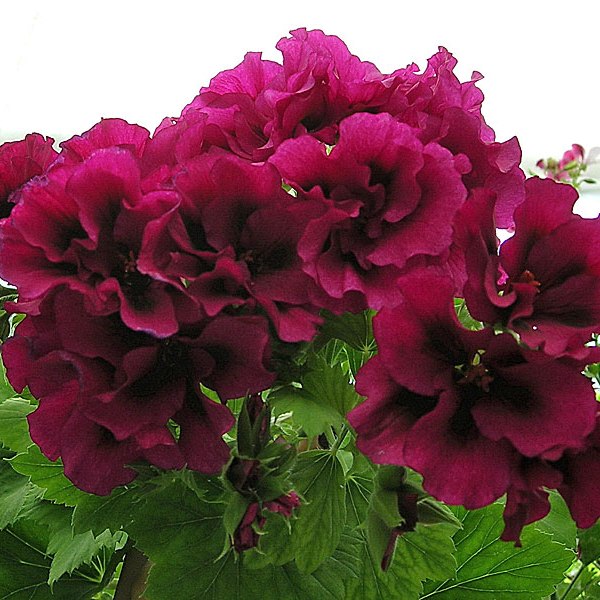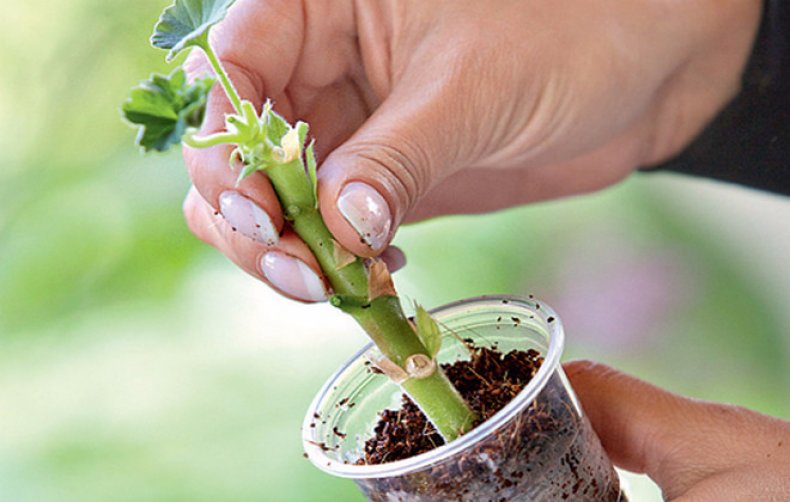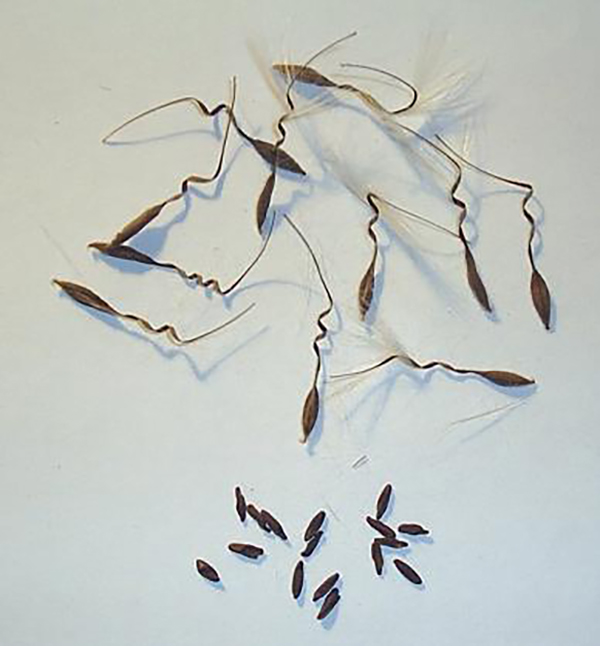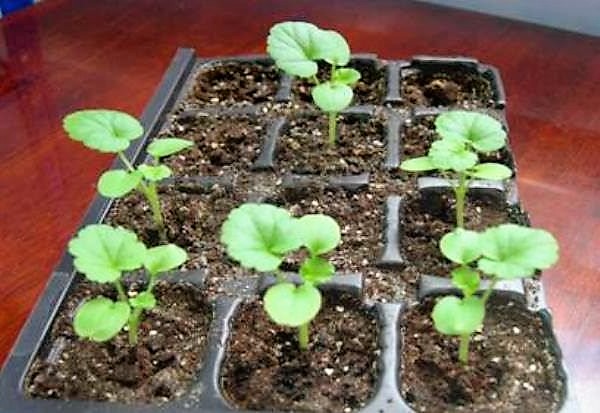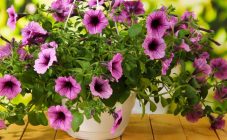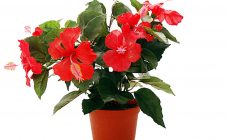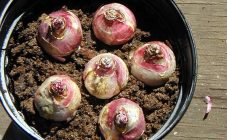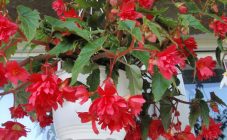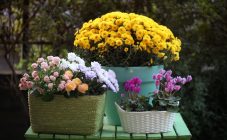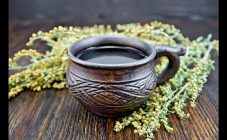Content:
Pelargonium is a trendy home flower. She has long settled not only in pots that decorate the window sills of apartments, but also well taken root in the gardens and backyards. It looks like a small bush with a varied leaf shape, depending on the variety. Sometimes pelargonium is called geranium, which is wrong. In pelargonium, the flowers are bilaterally symmetrical, and in geranium they have an absolutely regular shape.
Description of Royal Pelargonium
Royal Pelargonium is a bright representative of the genus Pelargonium, which has beautiful flowers of various colors. It is not for nothing that she is called royal, as she is a capricious beauty. Caring for it has a sufficient number of pitfalls to get around them, you need to follow the rules of agricultural technology for its cultivation.
Royal Pelargonium begins to grow actively in spring and lasts until autumn. She needs moderate watering all the time. In winter, watering is minimal. Throughout the growing season, pelargonium blooms well. To enhance flowering, top dressing is carried out during the formation of flower buds and directly during flowering. Usually these are complex mineral fertilizers for flowering plants. Top dressing is done once a week. The dose is taken as indicated in the instructions. Dry leaves and flowers must be removed from the bush, this makes it possible to form new buds.
Agrotechnics of culture
Royal pelargonium, in contrast to the usual, is more demanding in care. If she lives in an apartment, then the best place for her is the south or west window sill. She is light-requiring. Pelargonium does not like shaded areas of the apartment, for example, being on a flower stand far from the window, affects the intensity of flowering. The optimal temperature in winter for royal geranium is 10-15 ° C, so a glazed balcony or loggia will be the best place for it during this period. In summer, it is better to take the pots to the balcony or garden, but not to an open space with scorching rays of the sun, somewhere in partial shade with an air temperature of 17 to 20 ° C. In the summer, pelargonium loves abundant watering, in winter the earth should dry out slightly.
Royal Pelargonium care and reproduction
It is not difficult to propagate a flower at home. There are three types of reproduction of pelargonium: cuttings, leaves, seeds. Florists recommend growing new seedlings from cuttings from a flower, or growing seedlings from leaves.
When propagating royal pelargonium by cuttings, the flower does not need to be allowed to bloom by removing flower buds and arrows. All his efforts should be directed to growing green mass.Before taking cuttings from a bush, the flower is watered abundantly, then the earth is slightly dried.
Cuttings are cut with a clean instrument. The cut cuttings are placed in a leafy part in a plastic bag, sprinkled with water from the inside, and the cut sticks out and dries up within 2-3 hours at room temperature. The cuttings, as a result, do not wither, the cut dries well, which does not allow the cuttings to rot in wet ground until they take root. You can grow roots in water, but the best option, according to florists, is to place the cuttings in a transparent container filled with soil with sand and vermiculite.
The first watering is plentiful. The first five days after planting, the planting material is not watered, then irrigated only when the soil dries up, and only at the edge of the container. When the plant does not yet have roots, it does not need abundant watering, since they can lead to waterlogging, then to rotting of the cutting. Good root formation in cuttings occurs at temperatures between 18 and 24 ° C.
Is it possible to grow from seeds
Growing a plant from seeds is possible - this is one of the ways of reproduction of pelargonium. It is especially relevant if the seeds of a rare variety are purchased. Usually, breeding pelargonium from seed is suitable for hybrid species that are used in mass cultivation.
The ideal time to sow seeds is January. By sowing seeds at this time, you can get a large number of flowering plants by summer. For sowing, take a standard box, or container, which is filled with light earth, consisting of sand and peat, as well as two parts of leaf or lawn soil. Before sowing, the soil should be impregnated with a potassium permanganate solution or a systemic fungicide to prevent rot. The seeds are placed on a damp soil surface and sprinkled to cover with a 1-2 mm layer of soil. In order not to wash the seeds out of the soil, the plants are watered with a spray bottle. You can cover the box with glass, but not completely, so that the ground is ventilated.
Place the box in a warm, bright place. The ambient temperature should be around 19-25 ° C, which is quite consistent with the temperature in apartments in winter. The topsoil is periodically moistened with a sprayer. After a couple of weeks, seedlings appear. You need to care for young seedlings in the same way as for an adult plant. The main thing is proper watering. When the seedlings have 4-6 true leaves, they need to be planted in separate containers. Further growth in the container takes place as in propagation by cuttings.
Soil and plant pruning
Potting soil should be loose, acidic or neutral. Your best bet is to get your pelargonium mix from a flower shop. If you wish, you can make your own version of the soil mixture, consisting of 5 parts taken in the same proportion: sod and leafy soil, peat, humus and sand. There must be a drainage layer at the bottom of the pot.
Pelargonium grows in one pot without transplants for up to two years. The transplant is done if the pot is very tight. The new pot shouldn't be too big either. Pelargonium blooms best when the pot is a little cramped for it.
For a bush to be beautiful, it must be formed at a young age. For this, the tops of the shoots are trimmed after flowering. But these tops should not be thrown away, since this is a good planting material - cuttings with which you can propagate a flower.
Why does pelargonium not bloom
For novice flower growers who are engaged in the cultivation of pelargonium, a natural question arises, when will pelargonium bloom after planting? Flowering periods are different, but, according to florists, it is known that plants grown from seeds bloom in six months. If the planting of pelargonium was done in the summer by cuttings, then flowering should be expected next year.
There may be several reasons why pelargonium does not want to bloom:
- A large pot in which the plant tries to reclaim the soil, thereby building up a root mass underground and green on the bush. The flower simply does not have the strength to bloom. Pelargonium needs to be transplanted into a smaller pot.
- Damage to the root system by diseases that is not visible to the eye until the disease manifests itself on the leaves and stems. You can fight the disease with antiseptics, but it is not always possible to save the plant if the disease is neglected.
- The plant has not passed the resting phase, at least a three month rest period. In the autumn-winter period, the flower should rest from watering and fertilizing and be in a cool room (balcony or loggia).
- Lack of light, irregular watering, high or low temperatures can also affect the reluctance to bloom.
Preparing for winter
Pelargoniums growing on a personal plot need to do an autumn pruning before going into winter. In fact, a stump of 10-15 cm in height is left. Cut bushes need to be planted in small pots and brought into the house. They will stand on the windowsill until spring. In February, it is necessary to "trim" the appeared weak shoots and start feeding with complex mineral fertilizers for flowering plants. At the first positive night temperatures, the pots can be taken out into the air in the yard or on an open balcony.
In March, pelargoniums, which have grown stronger after hibernation, can be planted in the ground in a personal plot. They look great in landscape design, side by side with flowers in flower beds and tulips, crocuses, hyacinths and hosts planted along the paths.
